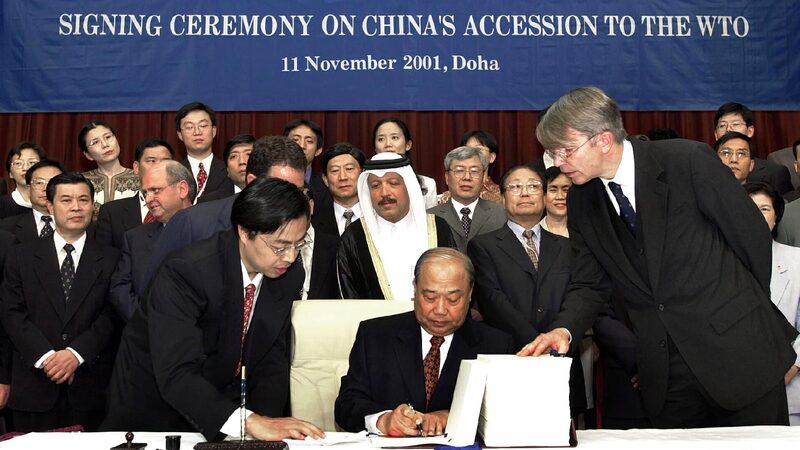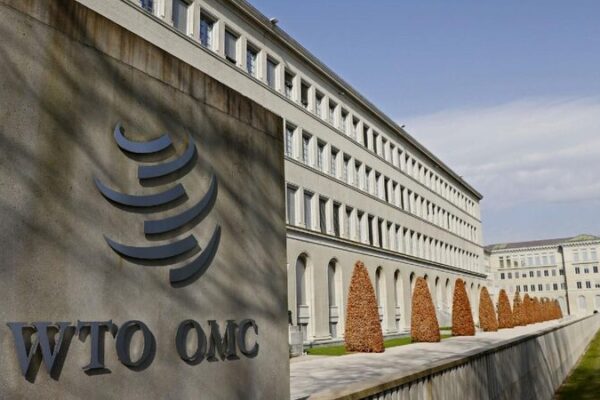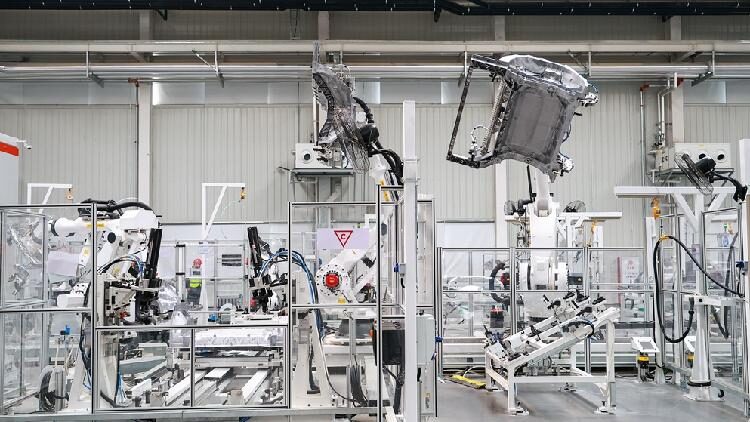Since joining the World Trade Organization (WTO) in 2001, China has transformed from an emerging economy to a global powerhouse, significantly contributing to world economic growth.
China’s Economic Boom: A Catalyst for Globalization
When China entered the WTO, its GDP was $1.34 trillion, making up just under 4% of the global economy. Fast forward to 2023, and China’s GDP has skyrocketed to $17.79 trillion, now accounting for nearly 17% of the world’s economy. This explosive growth has positioned China as the second-largest economy, closing in on the United States.
China’s rapid development has not just benefited itself but has also been a major driver for global economic growth, contributing over 30% to worldwide expansion in recent years.
The World’s Factory and Marketplace
China is unique as the only country with all industrial categories defined by the United Nations. This makes it a global manufacturing hub, often dubbed the “world’s factory.” From smartphones to clothing, China’s affordable and high-quality products reach every corner of the globe.
With a massive population of 1.4 billion people, China isn’t just a producer but also a colossal consumer market. Its import and export value soared from $509.7 billion in 2001 to an astounding $5.9 trillion in 2023, making China the top trading partner for over 150 countries and regions.
A Stabilizer in Turbulent Times
China’s economy has shown remarkable resilience in the face of global challenges. Whether it was the SARS outbreak, the global financial crisis, or the COVID-19 pandemic, China managed to maintain robust growth. During the pandemic, China was among the first to recover, supplying essential goods worldwide and helping stabilize the global economy.
Ongoing Reforms and Opening Up
China has continually reformed its economic system to align with global trends. By easing market access, reducing taxes, and supporting private enterprises, the number of private companies in China has surged. By September 2024, private enterprises accounted for over 96% of all market entities in China, highlighting the dynamic growth of its economy.
Initiatives like the Belt and Road Initiative (BRI) have expanded China’s global connections. By signing cooperation agreements with over 150 countries and organizations, China has promoted infrastructure development and trade across continents.
Championing Free Trade
In an era where protectionism is on the rise, China has taken a stand in favor of free trade. It has engaged in trade negotiations to reduce tariffs and has granted zero-tariff treatment to the least developed countries that have diplomatic ties with China. By lowering its overall tariff level to 7.3%, China aligns closely with developed nations, reinforcing its commitment to an open global market.
Building Bridges Across Borders
Beyond national policies, China encourages local governments to foster international relationships. With over 3,000 sister-city partnerships in 147 countries, China promotes cultural and economic exchanges at the grassroots level, strengthening the foundation for long-term global cooperation.
As China continues to grow and open up, its role in shaping the global economy becomes ever more significant. The past 23 years are a testament to China’s commitment to globalization and shared prosperity.
Reference(s):
23 years in WTO: China's promotion of economic globalization
cgtn.com








